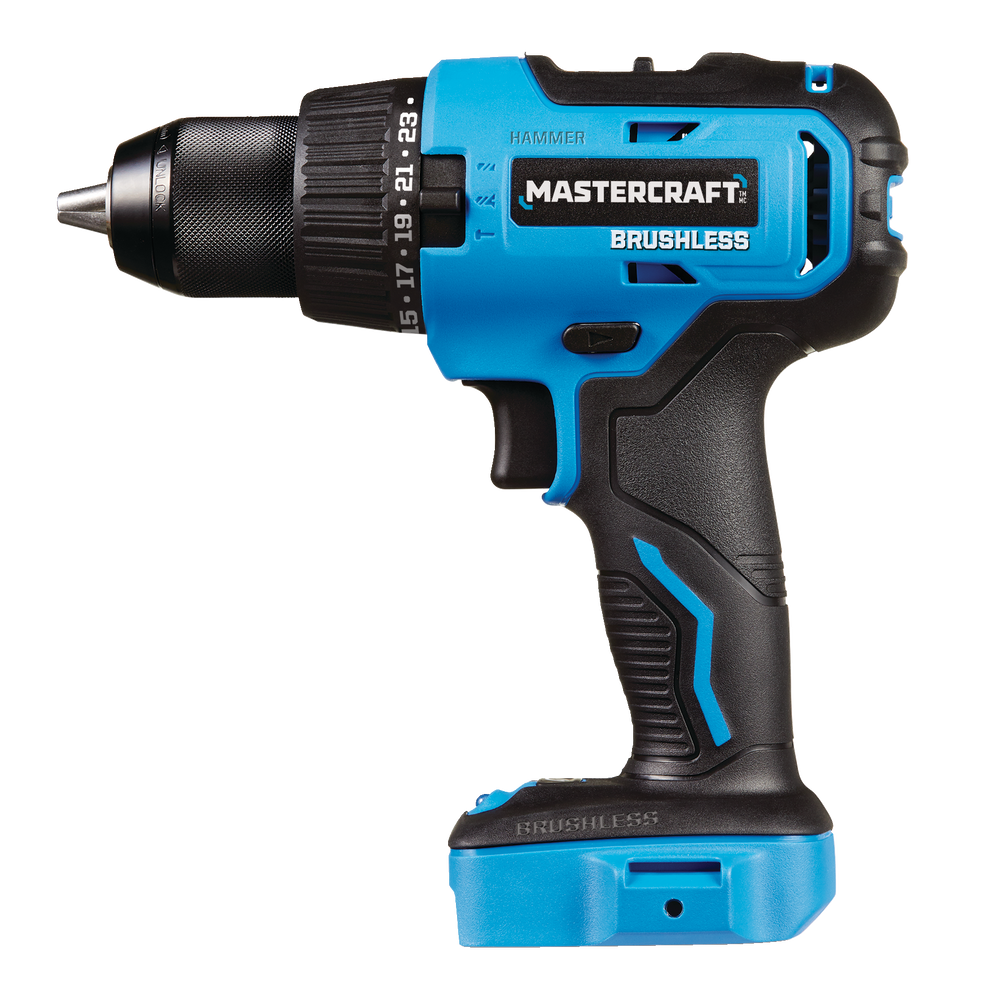

Their smooth shanks would be pounded loose from the tool's chuck in a few seconds. Rotary hammers have such force that the usual masonry bits are no longer adequate.


Worn masonry drill bit having a Slotted Drive Shaft (SDS) These shanks were developed in order to allow for the bit to "slide" back and forth while rotating, so that the drill bit can efficiently transfer the force of the electro-pneumatic hammering mechanism to the working surface. Over the years a fair number of these proprietary systems evolved, but the remaining shanks in use today are: SDS+, SDS-MAX, and SPLINE SHANK. DeWALT has a related system called "CTC" or "Complete Torque Control" which utilizes a two-position slip-clutch so that the operator can select the lower torque setting for greater safety.Ī number of "special shanks" have been developed by various manufacturers. Hilti has a technology called "ATC" or "Active Torque Control" which works by disengaging the drive from the motor when the tool body begins to rotate excessively through the action of a secondary magnetic clutch in addition to the standard slip-clutch. Some manufacturers have introduced additional technology to protect the operator. The slip-clutch also protects the operator, but does not always prevent injury.
#Hammer drill full#
This stops the violent wrenching motion that a drill without a clutch would cause when stopped suddenly from full speed, protecting the drill from damage. The type of work they do means that they require a "slip-clutch" which engages when the drill bit jams and sufficient torque is put onto the "slip-clutch" mechanism. Rotary hammer drills have an oil filled gearbox, which allows them to operate durably despite the large forces and shocks they receive and the grit-filled environments where they are often used. When used in the hammer mode, the tool provides a drilling function similar to a jackhammer. Modern units allow the hammer and rotation functions to be used separately or in combination, i.e., hammer mode, drill mode, or both. The majority of modern rotary hammers as well as all electric-powered chipping guns or jack-hammers all utilize this EP technology. The pistons do not actually touch, but the air pressure in the EP cylinder allows for a much more efficient transfer of hammering energy than springs in the cam-action style hammer drills. The flying piston is at the other end of the same cylinder. An electric motor turns a crank, which moves the drive piston back and forth in a cylinder. Rotary hammers have two pistons – a drive piston, and a flying piston. Compared to less advanced power units known as hammer drills, rotary hammers tend to be larger and provide a bigger impact force by utilizing a technology called the "electro-pneumatic" (EP) hammering mechanism, because it is powered directly by electricity instead of a separate air compressor.


 0 kommentar(er)
0 kommentar(er)
